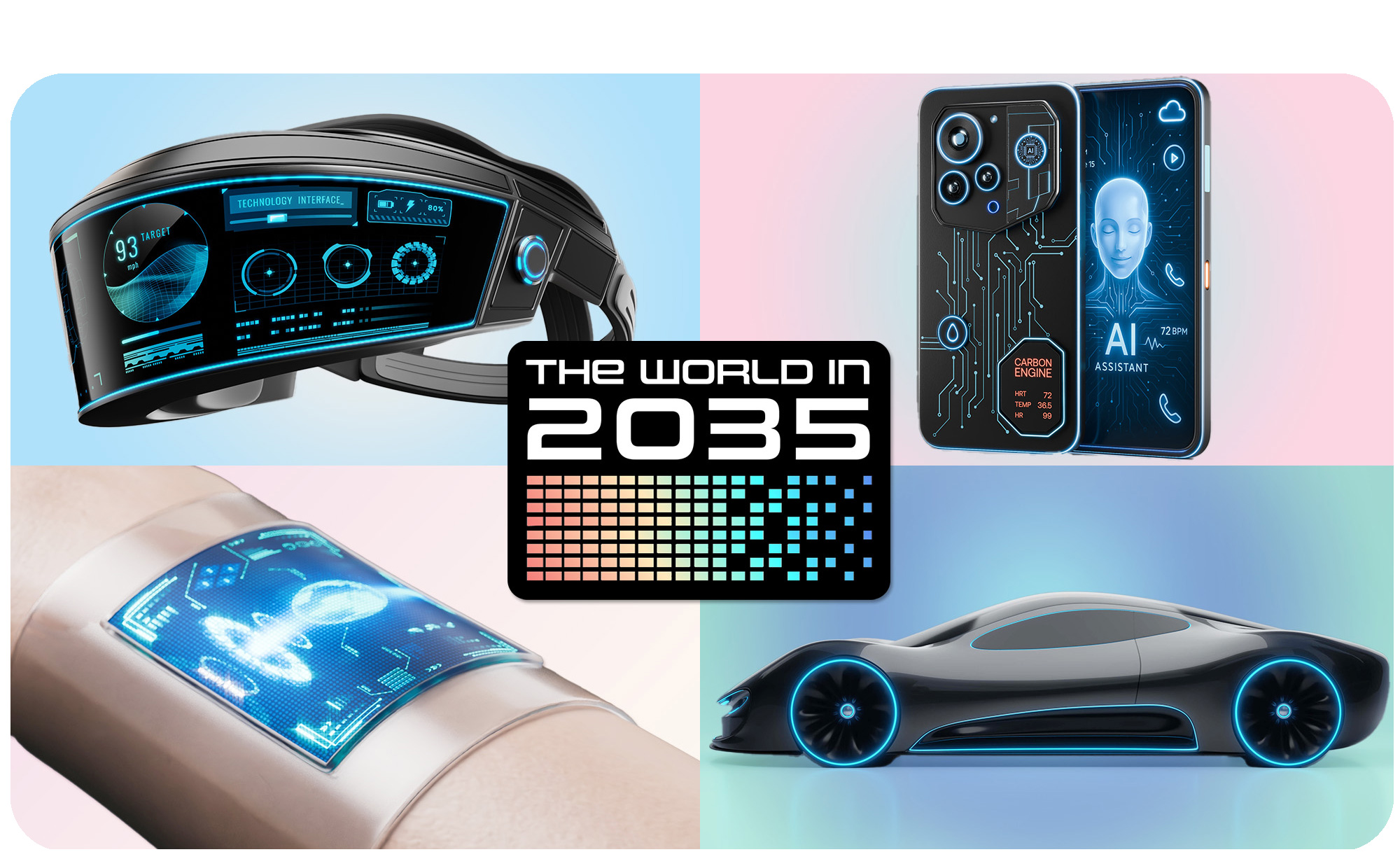From hyper-personal assistants to mind-reading tech — this is how AI will transform everything by 2035
Your future AI assistant will know your mood and when to reschedule your day — all before you ask

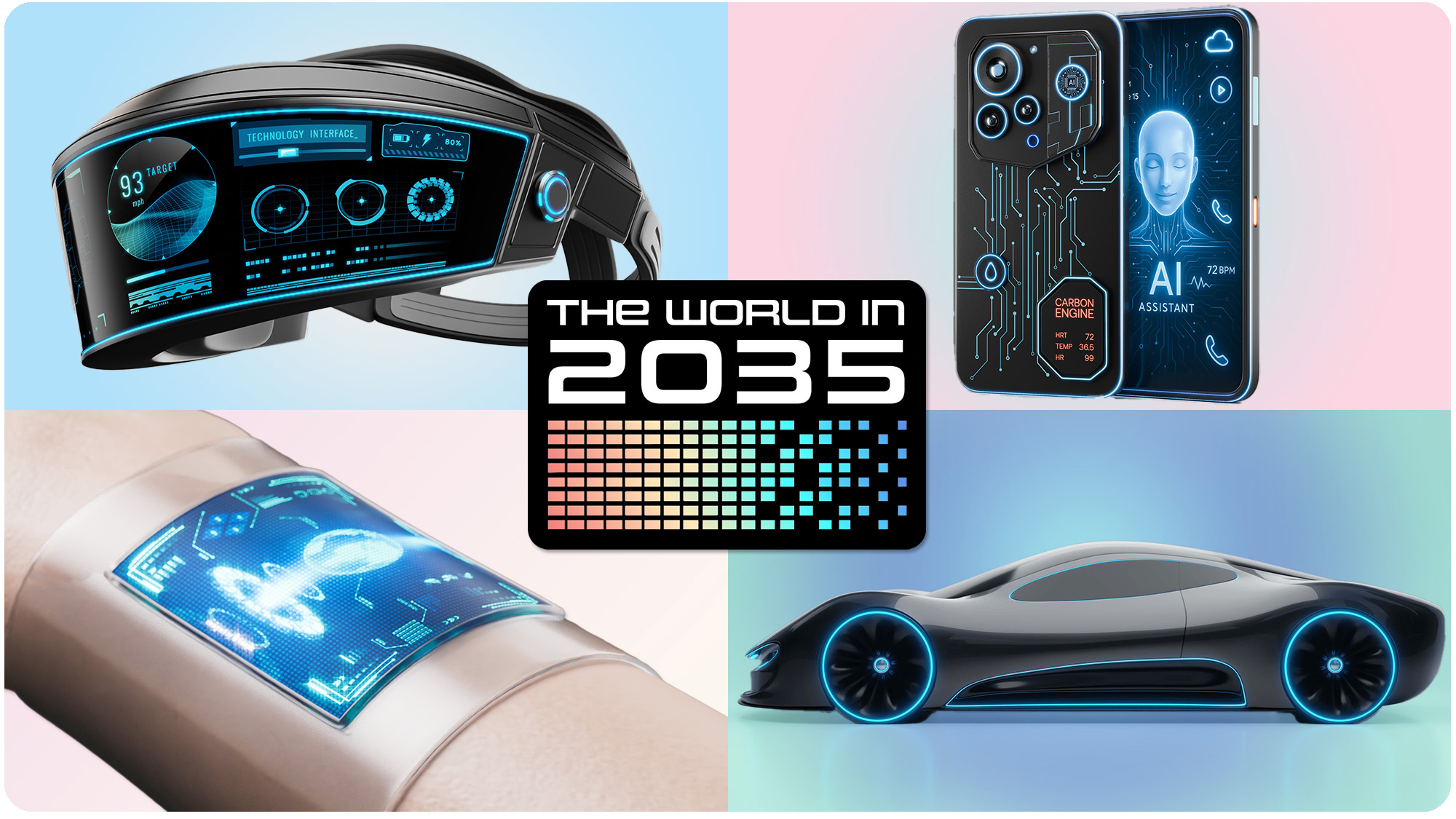
AI | Smart Glasses | Wearable Tech
Smartphones | iPhones | Robots | Cars | TVs
Picture a morning in 2035. Your AI assistant adjusts the lights based on your mood, reschedules your first meeting, reminds your child to take allergy medicine; all without a prompt. It’s not science fiction, it’s a likely reality driven by breakthroughs in ambient computing, emotional intelligence and agentic AI.
Just five years ago, ChatGPT was an unfamiliar name to most, let alone a daily assistant for summarization, search, reasoning and problem-solving. Siri and Alexa were the top names that came to mind when we wanted to call a friend, place an order or dim the lights. Yet now, in 2025, we have a plethora of AI assistants and chatbots to choose from, many of which are free, and which can do a lot more than controlling smart home devices.
What feels advanced now may seem utterly simplistic in a decade, reminding us that the most mind-blowing AI capabilities of 2035 might still be beyond our current imagination.

Your AI assistant in 2035: Omnipresent and intuitive
By 2035, your AI assistant won’t just respond — it will anticipate. This evolution marks the rise of agentic AI, where assistants proactively act on your behalf using predictive analytics, long-term memory and emotion-sensing. These systems can forecast your needs by analyzing historical and real-time data, helping stay one step ahead of your requests.
“Alexa will be able to proactively anticipate needs based on patterns, preferences, and context — preparing your home before you arrive, suggesting adjustments to your calendar when conflicts arise, handling routine tasks before you even ask.”
— Daniel Rausch, VP of Alexa and Echo, Amazon

One assistant that’s undergoing such a change is Amazon’s Alexa. According to Daniel Rausch, Amazon’s VP of Alexa and Echo, “Alexa will be able to proactively anticipate needs based on patterns, preferences, and context — preparing your home before you arrive, suggesting adjustments to your calendar when conflicts arise, or handling routine tasks before you even think to ask.”
The AI will remember your child’s travel soccer team schedule, reschedule your meetings when it detects stress in your voice and even dim your AR glasses when you appear fatigued. “By 2035, AI won’t feel like a tool you ‘use’,” Rutgers professor Ahmed Elgammal says. “It’ll be more like electricity or Wi-Fi: always there, always working in the background.”
And AIs will respond to more than just your speech. Chris Ullrich, CTO of Cognixion, a Santa Barbara based tech company, is currently developing a suite of AI-powered Assisted Reality AR applications that can be controlled with your mind, your eyes, your head pose, and combinations of these input methods. “We strongly believe that agent technologies, augmented reality and biosensing technologies are the foundation for a new kind of human-computer interaction,” he says.

Multimodal intelligence and hyper-personalization
AI in 2035 will see, hear and sense — offering real-time support tailored to you. With multimodal capabilities, assistants will blend voice, video, text and sensor inputs to understand emotion, behavior and environment. This will create a form of digital empathy.
Ullrich notes that these advanced inputs shouldn’t aim to replicate human senses, but exceed them. “In many ways, it’s easier to provide superhuman situational awareness with multimodal sensing,” he says. “With biosensing, real-time tracking of heart rate, eye muscle activation and brain state are all very doable today.”
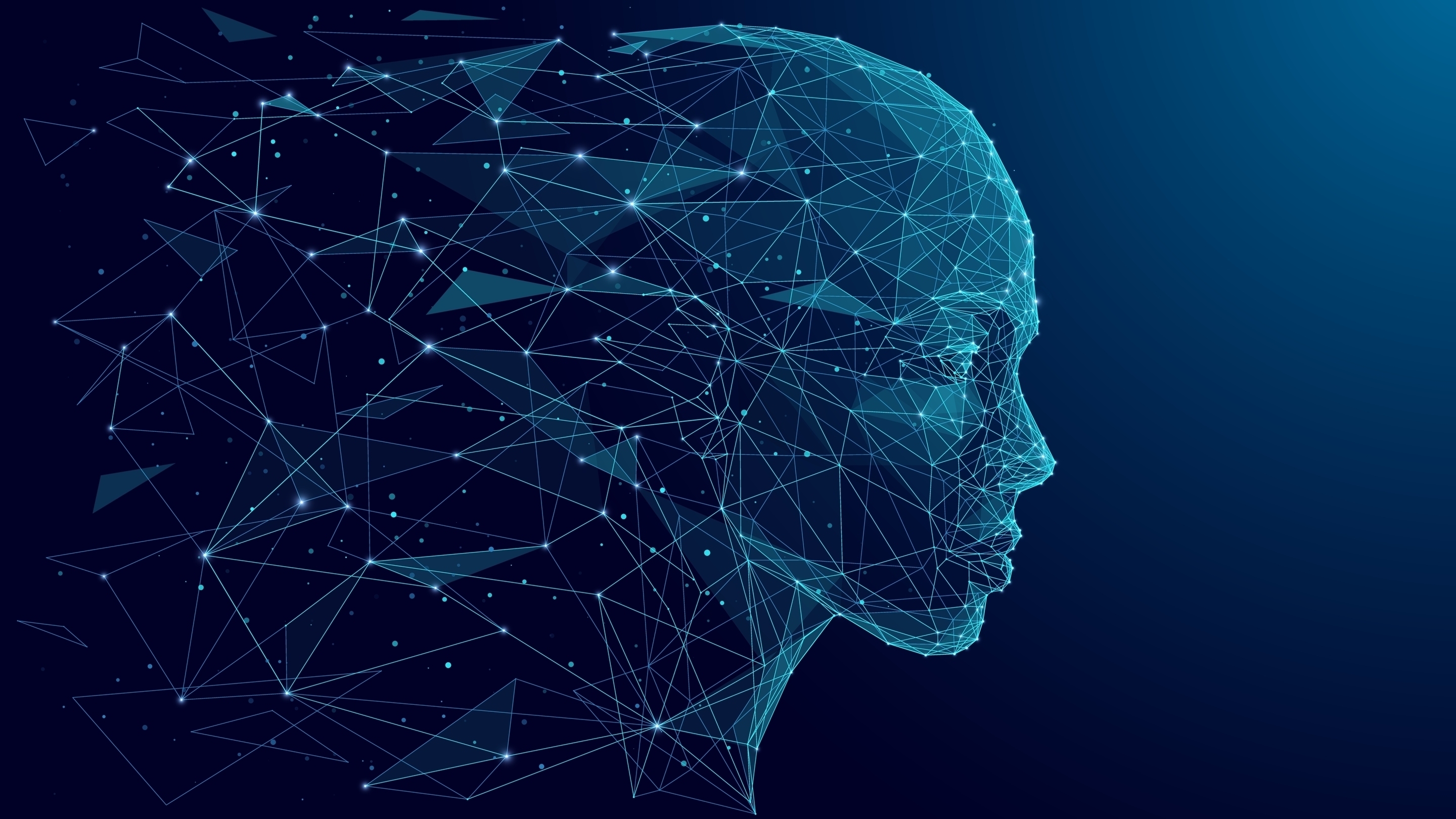
Amazon is already building toward this future. “Our Echo devices with cameras can use visual information to enhance interactions,” says Rausch. “For example, determining if someone is facing the screen and speaking enables a more natural conversation without them having to repeat the wake word.”
In addition to visual cues, Alexa+ can now pick up on tone and sentiment. “She can recognize if you’re excited or using sarcasm and then adapt her response accordingly,” Rausch says — a step toward the emotionally intelligent systems we expect by 2035.
Memory is the foundation of personalization. Most AI today forgets you between sessions. In 2035, contextual AI systems will maintain editable, long-term memory. Codiant, a software company focused on AI development and digital innovation, calls this “hyper-personalization,” where assistants learn your routines and adjust suggestions based on history and emotional triggers.

AI teams and ambient intelligence
Rather than relying on one general assistant, you’ll manage a suite of specialized AI agents. Research into agentic LLMs shows orchestration layers coordinating multiple AIs; each handling domains like finance, health, scheduling or family planning.
These assistants will work together, handling multifaceted tasks in the background. One might track health metrics while another schedules meetings based on your peak focus hours. The coordination will be seamless, mimicking human teams but with the efficiency of machines.
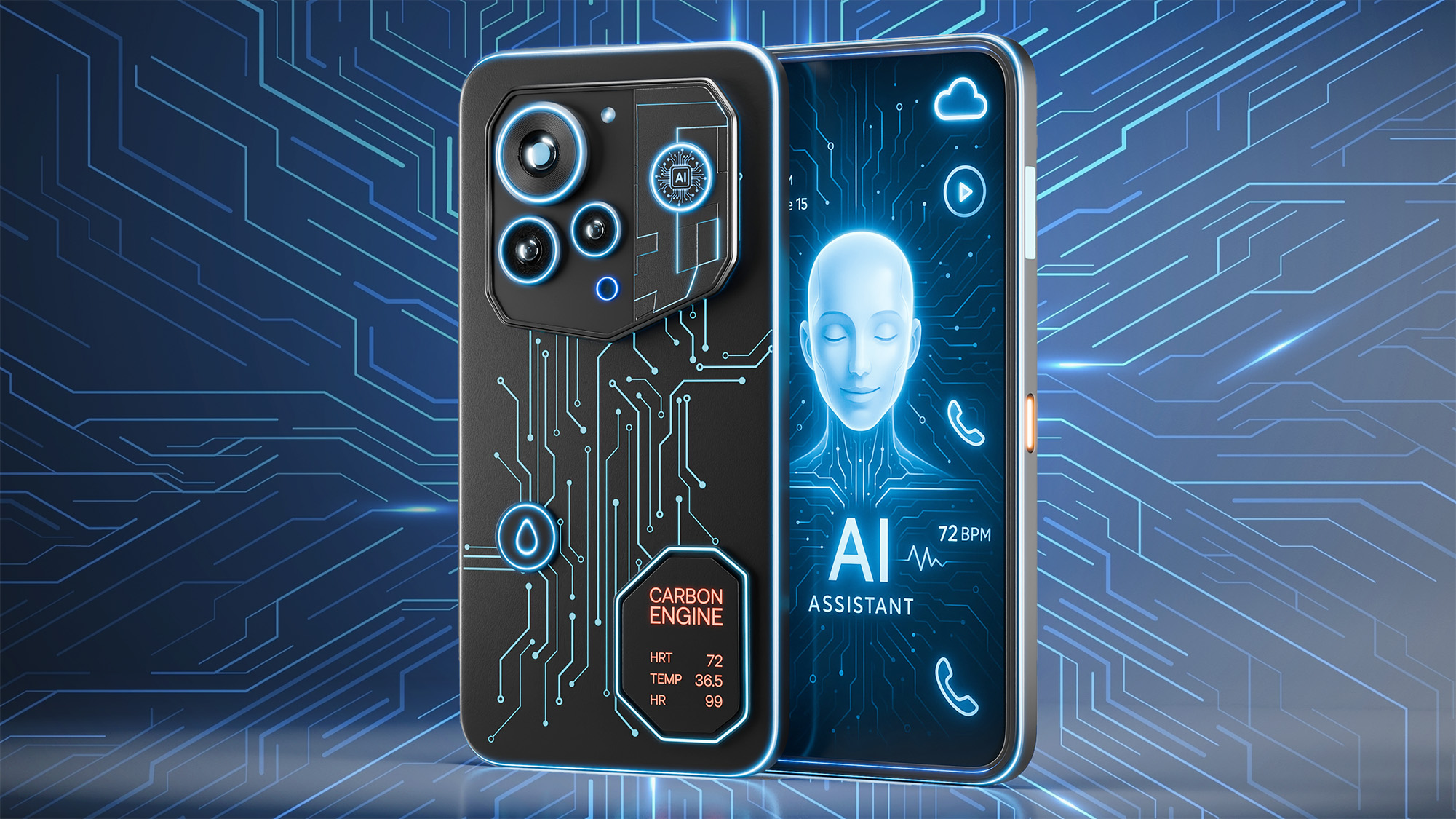
Ullrich believes the biggest breakthroughs will come from solving the “interaction layer,” where user intent meets intelligent response. “Our focus is on generating breakthroughs at the interaction layer. This is where all these cutting-edge technologies converge,” he explains.
Rausch echoes this multi-agent future. “We believe the future will include a world of specialized AI agents, each with particular expertise,” he says. “Alexa is positioned as a central orchestrator that can coordinate across specialized agents to accomplish complex tasks.”
He continues, “We’ve already been building a framework for interoperability between agents with our multi-agent SDK. Alexa would determine when to deploy specialized agents for particular tasks, facilitating communication between them, and bringing their capabilities together into experiences that should feel seamless to the end customer.”

Emotionally intelligent and ethically governed
Perhaps the most profound shift will be emotional intelligence. Assistants won’t just organize your day, they’ll help you regulate your mood. They’ll notice tension in your voice, anxiety in your posture and suggest music, lighting or a walk.
“Users need to always feel that they’re getting tangible value from these systems and that it’s not just introducing a different and potentially more frustrating and opaque interface.”
— Chris Ullrich, CTO, Cognixion
Ullrich sees emotion detection as an innovation frontier. “I think we’re not far at all from effective emotion detection,” he says. “This will enable delight — which should always be a key goal for HMI.” He also envisions clinical uses, including mental health care, where AI could offer more objective insights into emotional well-being.
But with greater insight comes greater responsibility. Explainable AI (XAI), as described by arXiv and IBM, will be critical. Users must understand how decisions are made. VeraSafe, a leader in privacy law, data protection, and cybersecurity, underscores privacy concerns like data control and unauthorized use.
“Users need to always feel that they’re getting tangible value from these systems and that it’s not just introducing a different and potentially more frustrating and opaque interface,” Ullrich says.
That emotional intelligence must be paired with ethical transparency, something Rausch insists remains central to Amazon’s mission: “Our approach to trust doesn’t change with new technologies or capabilities, we design all of our products to protect our customers’ privacy and provide them with transparency and control.”
He adds, “We’ll continue to double down on resources that are easy to find and easy to use, like the Alexa Privacy Dashboard and the Alexa Privacy Hub, so that deeper personalization is a trusted experience that customers will love using.”

The future of work and the rise of human-AI teams
AI may replace jobs, but more so, it will reshape them. An OECD study from 2023 reports that 27% of current roles face high automation risk, especially in repetitive rules-based work. An even more recent Microsoft study highlighted 40 jobs that are most likely to be affected by AI.
Human-centric fields like education, healthcare, counseling and creative direction will thrive, driven by empathy, ethics and original thinking. Emerging hybrid roles will include AI interaction designers and orchestrators of multi-agent systems. Writers will co-create with AI, doctors will pair AI with human care and entrepreneurs will scale faster than ever using AI-enhanced tools. AI becomes an amplifier, not a replacement, for human ingenuity.
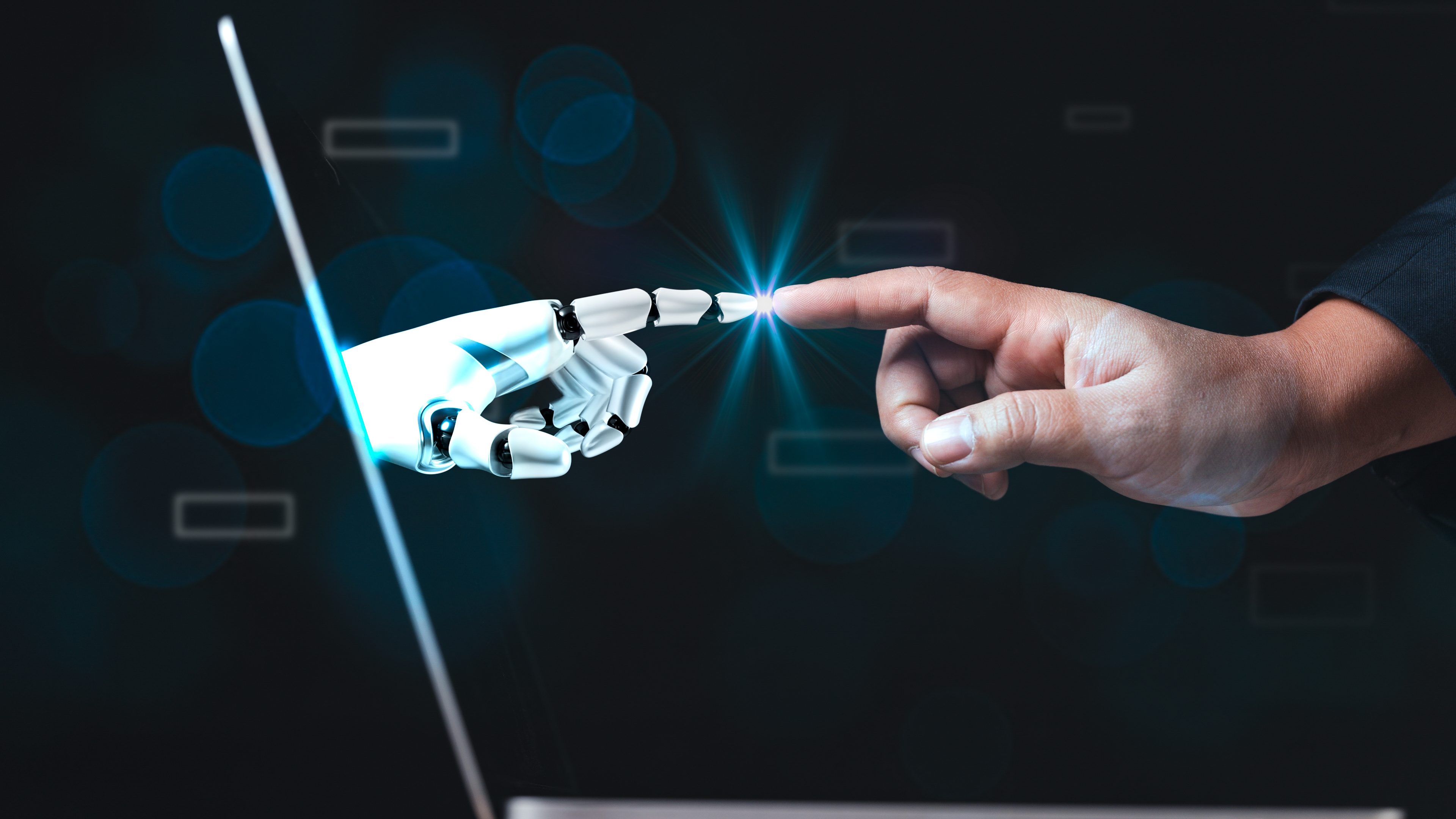
Even the boundaries between work and home will blur. “While Alexa+ may be primarily focused on home and personal use today, we’re already hearing from customers who want to use it professionally as well,” says Rausch. “Alexa can manage your calendar, schedule meetings, send texts and extract information from documents — all capabilities that can bridge personal and professional environments.”
AI becomes an amplifier, not a replacement, for human ingenuity.
A 2025 study from the University of Pennsylvania and OpenAI found that 80% of U.S. workers could see at least 10% of their tasks impacted by AI tools, and nearly 1 in 5 jobs could see more than half their duties automated with today’s AI. Forbes reported layoffs rippling across major companies like marketing, legal services, journalism and customer service as generative AI takes on tasks once handled by entire teams.
Yet the outlook is not entirely grim. As the New York Times reports, AI is also creating entirely new jobs, including:
- AI behavior designers
- AI ethics and safety specialists
- AI content editors
- Human-in-the-loop reviewers
- AI model trainers
- AI prompt engineers
Automation Alley’s vision of a “new artisan” is gaining traction. As AI lifts mental drudgery, skilled manual work — craftsmanship, artistry and hands-on innovation — may see a renaissance. AI won’t kill creativity; it may just unlock deeper levels of it.

Society, skills and the human choice
Navigating the shift to an AI-augmented society demands preparation. The World Economic Forum emphasizes lifelong learning, UBI (universal basic income) experimentation and education reform. Workers must develop both technical and emotional skills.
Curricula must evolve to teach AI collaboration, critical thinking and data literacy. Social safety nets may be required during reskilling or displacement. Ethics and governance must be built into AI design from the start, not added after harm occurs.
Ultimately, the question isn’t “What can AI do?” It’s “What should we let AI do?”
Ullrich notes the importance of designing with inclusivity in mind. “By solving the hard design problems associated with doing this in the accessibility space, we will create solutions that benefit all users,” he says.
Technologies developed for accessibility, like subtitles or eye tracking—often lead to mainstream breakthroughs.
As IBM and VeraSafe highlight, trust hinges on explainability, auditability and data ownership. Public understanding and control are key to avoiding backlash and ensuring equitable access.
As AI augments more aspects of life, our relationship with it will define the outcomes. Daniel Rausch believes the key lies in meaningful connection: “The goal isn’t just responding to commands but understanding your life and meaningfully supporting it.”
We must ensure systems are inclusive, transparent and designed for real value. As AI grows in intelligence, the human role must remain centered on judgment, empathy and creativity.
Ultimately, the question isn’t “What can AI do?” It’s “What should we let AI do?”

Bottom line: Preserving what makes us human with better tools than ever
By 2035, AI will be a planner, therapist, tutor and teammate. But it will also reflect what we value — and how we choose to interact with it. Ullrich emphasizes that the future won’t be defined just by what AI can do for us, but how we engage with it: “Voice may be useful in some situations, gesture in others, but solutions that leverage neural sensing and agent-assisted interaction will provide precision, privacy and capability that go well beyond existing augmented reality interaction frameworks.”
Yet, amid this evolution, a deeper question of trust remains. Emotional intelligence, explainability and data transparency will be essential, not just for usability but for human agency. “Services that require private knowledge need to justify that there is sufficient benefit directly to the user base,” Ullrich says. “But if users see this as a fair trade, then I think it’s a perfectly reasonable thing to allow.”
As AI capabilities rise, we must consciously preserve human ones. The most meaningful advances may not be smarter machines, but more mindful connections between humans and technology.
The promise of AI is so much more than productivity, it’s dignity, inclusion and creativity. If we design wisely, AI won’t just help us get more done, it will help us become more of who we are. And that is something worth imagining.


Amanda Caswell is an award-winning journalist, bestselling YA author, and one of today’s leading voices in AI and technology. A celebrated contributor to various news outlets, her sharp insights and relatable storytelling have earned her a loyal readership. Amanda’s work has been recognized with prestigious honors, including outstanding contribution to media.
Known for her ability to bring clarity to even the most complex topics, Amanda seamlessly blends innovation and creativity, inspiring readers to embrace the power of AI and emerging technologies. As a certified prompt engineer, she continues to push the boundaries of how humans and AI can work together.
Beyond her journalism career, Amanda is a long-distance runner and mom of three. She lives in New Jersey.
You must confirm your public display name before commenting
Please logout and then login again, you will then be prompted to enter your display name.
